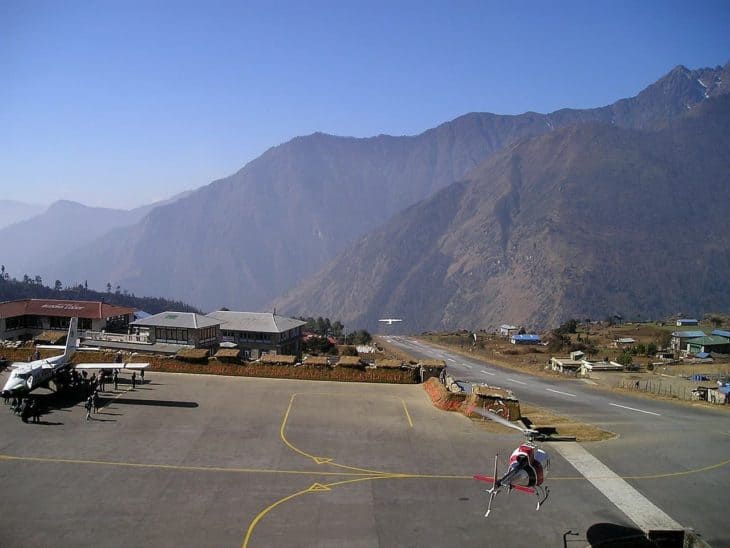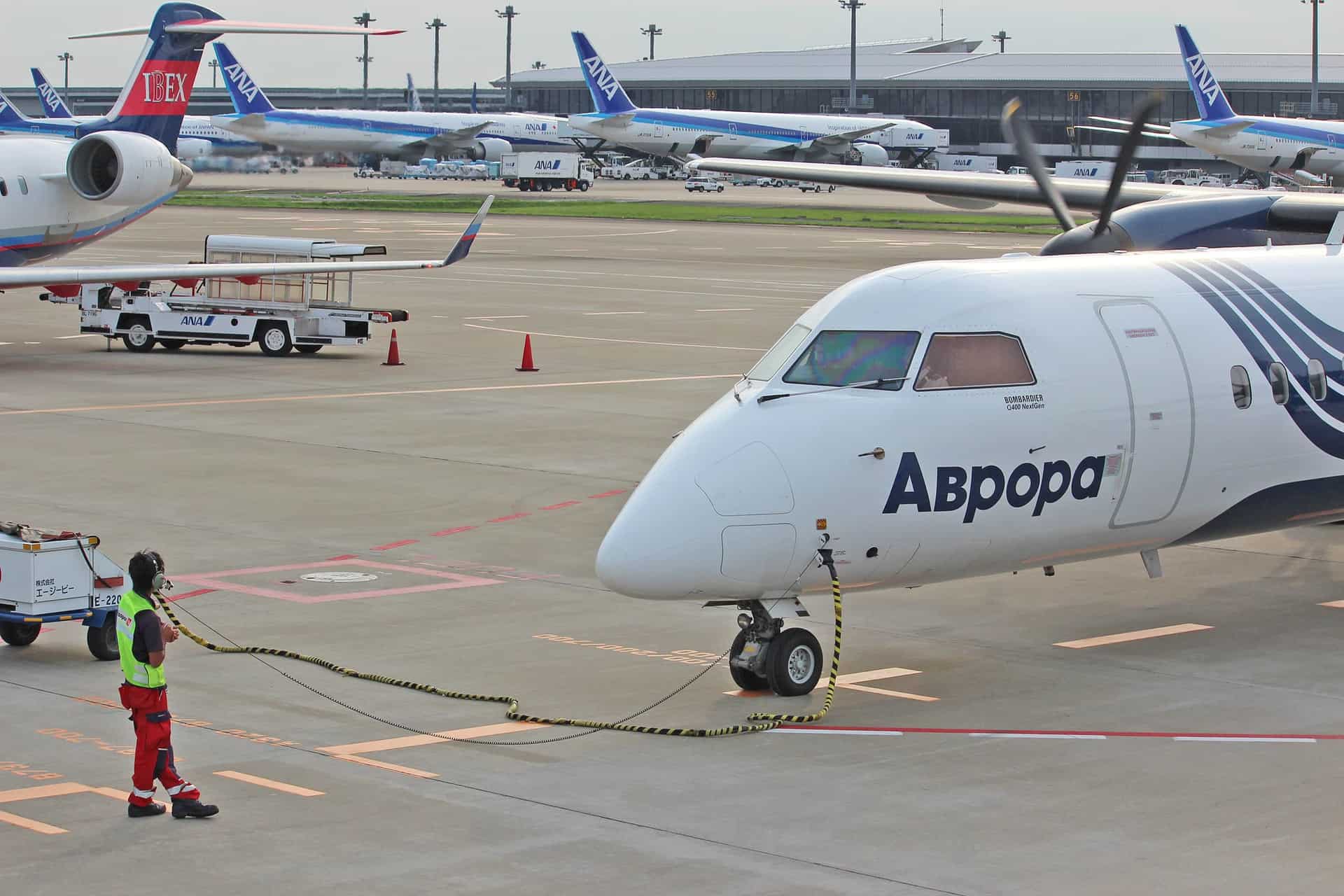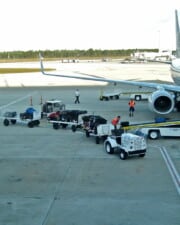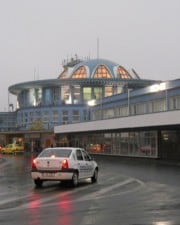Nestled amidst the towering peaks of the Himalayas, Lukla Airport serves as the primary gateway for thousands of adventurers trekking to the base camp of Mount Everest each year. Officially known as Tenzing-Hillary Airport, this tiny airstrip offers not only a critical connection to the outside world for local communities but also marks the beginning of an unforgettable journey for climbers and trekkers alike.
History of Lukla Airport
The establishment of Lukla Airport in the 1960s was a pivotal moment for the Khumbu region, transforming access to some of the world’s highest peaks. Named in honor of Sir Edmund Hillary and Tenzing Norgay, the first confirmed climbers to reach the summit of Everest, the airport symbolizes the enduring spirit of exploration and adventure that defines the area.
Its creation significantly contributed to the development of trekking and mountaineering in the region, opening up the breathtaking landscapes of the Himalayas to the world.
Experience at Lukla Airport
Travelers often describe Lukla Airport as the start of their Everest adventure, a place where excitement and apprehension mingle. First-hand accounts from trekkers highlight the thrill of landing on the airport’s short runway and the vibrant atmosphere as adventurers prepare to embark on their trek. Tips for navigating the airport include checking in early for flights and being prepared for sudden changes in weather that may delay departures.
The Myth of the World’s Most Dangerous Airport
Lukla Airport, often enveloped in a shroud of awe and apprehension, has gained notoriety as one of the most challenging airports in the world for pilots and a nerve-wracking gateway for trekkers heading to Everest. Its reputation is not unfounded, as several factors contribute to the difficulties and dangers associated with flying to or from this Himalayan airstrip.
While Lukla Airport is frequently dubbed the “world’s most dangerous airport,” this title is more reflective of its unique challenges rather than a poor safety record. Advances in technology, pilot expertise, and regulatory oversight have significantly improved the safety of flights to and from Lukla, debunking misconceptions about its danger.
Geographic Challenges
The geographical setting of Lukla Airport plays a significant role in its infamous status. Nestled among the towering peaks of the Himalayas, the airport presents a unique set of challenges that demand exceptional skill and precision from pilots.

High Altitude
At an elevation of approximately 2,845 meters (9,334 feet), Lukla Airport sits at a high altitude that significantly impacts aviation. The thin air reduces engine performance and affects the aerodynamic capabilities of aircraft, requiring pilots to execute takeoffs and landings with less room for error. Additionally, the high altitude can have physiological effects on passengers and crew, including the risk of altitude sickness.
Unpredictable Weather Conditions
The weather in the Himalayas is notoriously unpredictable, and Lukla is no exception. Sudden changes in weather can rapidly reduce visibility, making the already challenging task of landing on a short runway even more perilous.
Cloud cover, fog, and sudden storms can arise with little warning, limiting the window for safe flight operations and often leading to flight cancellations or delays.
Short Runway with Sloping Terrain
One of the most daunting aspects of Lukla Airport is its short runway, which is only 527 meters (1,729 feet) long. To complicate matters, the runway is inclined at a 12% gradient, which aids aircraft in slowing down upon landing and gaining speed during takeoff. However, this sloping terrain, combined with the runway’s short length and the drop-off at one end, leaves no margin for pilot error.
Incidents and Accidents
Lukla Airport has witnessed its share of incidents and accidents, underscoring the dangers inherent in its operation. While the total number of incidents is relatively low given the volume of flights, each event has prompted scrutiny and calls for enhanced safety measures.
Notable incidents include crashes attributed to poor visibility, technical issues, or the challenging conditions of the airport itself, which have sadly resulted in the loss of lives.
Mitigation Efforts
In response to the inherent risks and past incidents, significant efforts have been made to improve safety at Lukla Airport. These include stringent regulations on flight operations, with flights only permitted under visual flight rules (VFR), and the requirement that pilots have considerable experience flying in mountainous terrain before they can operate flights to Lukla.
Technological improvements, better weather forecasting, and enhanced pilot training programs have also been implemented to mitigate the dangers. Additionally, the Civil Aviation Authority of Nepal has taken steps to ensure that only the most capable and best-equipped aircraft are used for flights to Lukla, further enhancing passenger safety.
In conclusion, while Lukla Airport continues to be regarded as one of the most dangerous airports globally due to its geographical and operational challenges, ongoing efforts to improve safety protocols and infrastructure aim to mitigate these risks.
The allure of trekking to Everest continues to draw adventurers through Lukla, making the safe operation of this airport a priority for Nepal and the global trekking community.
Future Developments
Plans for expansion and improvement of Lukla Airport are underway, aimed at enhancing safety and accommodating the growing number of trekkers and climbers visiting the Everest region.
These developments are expected to have a positive impact on local communities by increasing tourism and providing more reliable access to goods and services.
However, it is crucial that these improvements are balanced with the need to preserve the environment and culture of the Khumbu region.
Conclusion
Lukla Airport remains an iconic starting point for those drawn to the majesty of Mount Everest and the surrounding Himalayas. Its history, coupled with the challenges and experiences it offers, underscores its significance not just as a transportation hub but as an integral part of the Everest trekking experience.
As Lukla Airport continues to evolve, its role in facilitating access to one of the world’s most extraordinary landscapes will undoubtedly grow, ensuring that the spirit of adventure that first led to its creation endures for generations to come.
Related Posts













